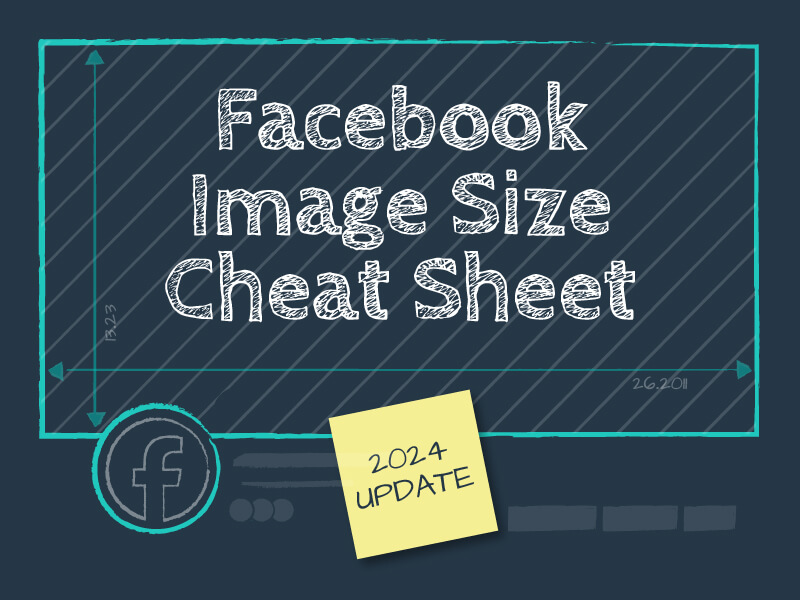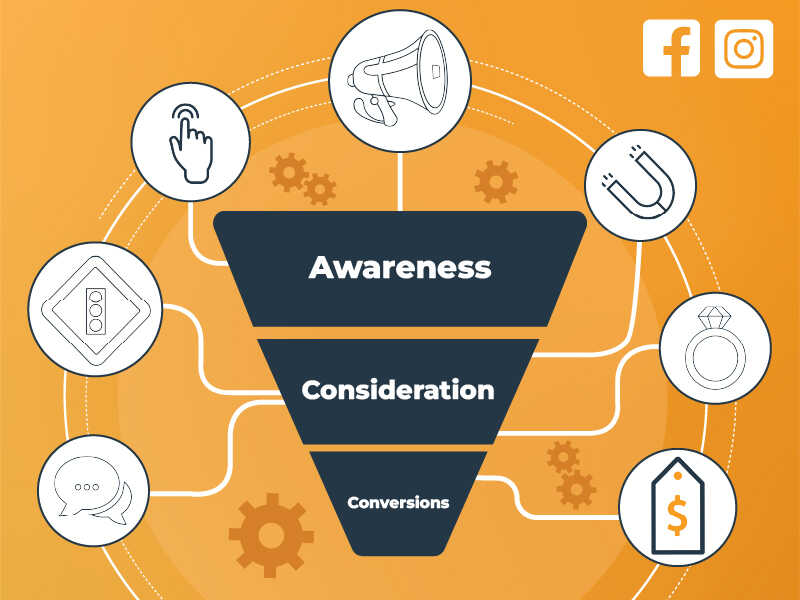Two titans of the web, Facebook and Google, have for some time now been subtly posturing for advantage in a battle for video advertising supremacy. While neither company’s original mission statements were based around video ads, they share a penchant for staying on the cutting edge of web advertising, and, right now, video is that cutting edge.
Some Video Advertising Context
While Facebook’s reliance on selling ad space may only have been part of the public discourse for the past five years or so, they were actually quite smitten with the idea right from their infancy (not exactly a shocker). This media kit, for example, was released in 2012 by an ad executive who had been pitched on the prospect of buying ad space by none other than former CFO Eduardo Saverin in 2004. Saverin – whose story has become the stuff of legend since the release of The Social Network – was clearly aware of how important the company’s ability to sell ad space would be to their future success. Also, he understood exactly why Facebook (then “The Facebook”, of course) represented a unique and attractive place for brands to advertise. In the kit, for example, he extolls his website’s ability “to reach college students, alumni, faculty, and staff at the library, their work, home, or dorm rooms. You can target users using traditional horizontal/vertical banners, links, and other more contextual ad placements.”
Saverin knew early on that his company’s platform would prove fertile for advertisers due to its natural targeting abilities. He made sure that his media kit highlighted all of the details that users would not only share: but share willingly, with consistency and zeal, in order to connect socially with others on a digital level. What he might not have been so clairvoyant about was the wide range of media that would eventually fill the category he so delicately termed, “other, more contextual ad placements.” As recent developments have shown, Facebook has found ways to exploit that miscellaneous category.
The Beginning
Google, for their part, made a noteworthy entrance into the world of video advertising back in 2006, when they purchased video aggregator YouTube, then still fairly new but rapidly rising. However, hesitant to alienate the site’s budding audience, Google held off on using YouTube for an advertising platform.
They couldn’t hold out forever though (after all, even before their Google takeover, YouTube’s executives considered their business model to be ad-based), and in 2007 they introduced a new business plan to take advantage of YouTube’s large audience and justify its humongous price tag. Consider this quote from November of that year from New York Times journalist Miguel Helft: “With 51 million users in June, YouTube now attracts an audience that is larger than the combined audiences of its three nearest competitors, MySpace, AOL, and Yahoo. Its adoption of overlay ads for online video could turn the format into an industry standard.”
Helft (and YouTube) were correct. Ever since, video advertisements have been an inevitable (though oft-lamented) aspect of watching online videos. Over time, industry leaders have found new ways to make the ads more personalized and interactive – tinkering with different “skip” options, alternative locations on the screen, and even opt-out capabilities. Ultimately though, the ads we see on and/or before YouTube videos today look very similar to the way they looked back then.
Playing Catchup
Throughout the years since those early stages, certain recurring themes have dominated the conversation around video ads. One of those is the problem of determining what, exactly, constitutes a viewed ad. For much of the internet’s early history, defining a viewed ad was as simple as measuring whether or not an ad was successfully delivered to the user’s browser as intended. Now, though, with wide variations in the types of ads that are being delivered, a new importance is placed on interactivity. Of course, with added interactivity comes a more complex way of judging whether or not an ad was actually viewed.
This brings us back to Facebook’s new approach to video advertisements. Facebook saw 2015 as the perfect opportunity to establish a new advantage (or at least competitiveness) in the realm of video advertising. In order to get this leg up, they are introducing a brand new way for brands to use their News Feed platform as a place to purchase video ads. Marketers will now have the ability to enter a payment agreement under which they would only pay for their advertisement if it plays for at least ten seconds. Until this point, Facebook had been charging advertisers per impression, which means that any time an ad showed up in someone’s feed, the cost would incur.
This is a major change for Facebook’s video advertising format, one that makes their platform far more attractive to advertisers than it once was. Marketers, much like consumers, place a high premium on added flexibility. Having a choice in payment structures gives each individual brand a way to market in a way that is best for them. Also, it displays Facebook’s willingness to be sympathetic to the companies that pay them for the use of their platform. Much like the flexibility they showed with their highly publisher-friendly Instant Articles feature, this is an example of Facebook – for the time being, anyway – playing nice.
It will be interesting to see how and/or if Google responds to Facebook’s bold new strategy in 2016. Up until this point, they were considered to be far more advertiser-friendly because their platform is restricted to videos. In other words, Google can show its advertisers precisely whether or not an ad was viewed because it plays in the same digital real estate that the actual video will eventually play. The user isn’t scrolling through their YouTube News Feed and coming across the ad by happenstance, they sought the video out and made a choice to (or were forced to, for the more expensive ad formats) sit through the ad first.
Facebook can’t offer this certainty. Users on their platform might, for example, come upon a lengthy post written by a friend that appears directly above an auto-played video advertisement. If they spend any longer than ten seconds reading their friend’s post, the advertisement will likely be playing simultaneously. Even though the user likely was unaware of its existence, the brand who purchased the ad space will still pay full price.
Recap
The battle for video ad relevance will not reveal a final winner any time soon. Facebook and Google are humongous, far-reaching entities whose futures will remain stable and lucrative regardless of this most recent development. However, as we discussed earlier, both companies have a history of an ad-dependent business model – and video advertising is here to stay. This attempt on Facebook’s behalf to become more advertiser-friendly – while certainly not an earth shattering blow to the titan that is Google – does take major steps towards leveling the playing field.






